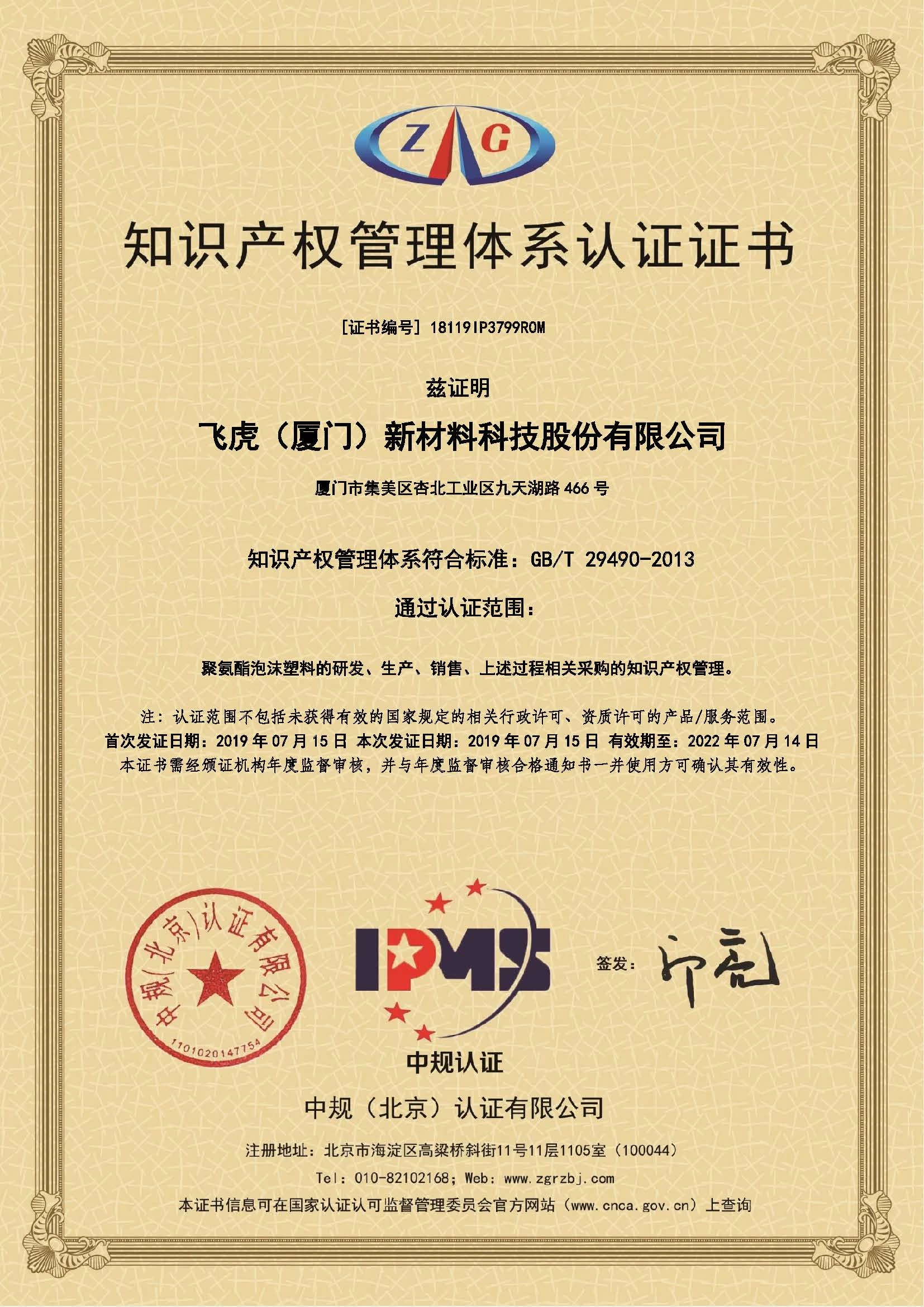Material wealth and human happiness and human happiness
Economic growth is the religion of the modern world, the elixir that eases the pain of conflicts, the promise of indefinite progress. It is the solution to our perennial worries about not getting what we don’t have. And yet, at least in the West, the growth model is now as fleeting as Proust’s Albertine Simonet: Coming and going, with busts following booms and booms following busts, while an ideal world of steady, inclusive, long-lasting growth fades away.
In the United States, 80 percent of the population has seen no growth in purchasing power over the last 30 years. In France, annual per capita growth has dropped steadily from 3 percent in the 1970s to less than zero in 2013. In the interim, the political class has been flummoxed by stagnation, a hesitation that has opened the doors to populists of various stripes. But in its desperate search for scapegoats, the West skirts the key question: What would happen if our quest for never-ending economic growth has become a mirage? Would we find a suitable replacement for the system, or sink into despair and violence?
John Maynard Keynes, writing at the outset of the economic crisis of the 1930s, warned against misdiagnosing the situation. In his famous article “Economic Possibilities for Our Grandchildren,” he declared that a period of exceptional prosperity was at hand and that the world’s “economic problem” would soon be resolved — just as, in the preceding century, strong growth and food safety arrived on a wave of technical innovation. To wring all we can out of the economic growth model, he said, the world must set aside greed and fear, outdated characteristics of a bygone era of misery. Instead, we must learn to enjoy ourselves — and above all to consume, without restraint and without worrying about tomorrow. Ultimately, Keynes believed that we would end up working only three hours a day and after turn to the truly important tasks of art, culture and religion.
Sadly, such metaphysical pursuits have not come to be the world’s priority at this point in history; instead, we still live in fear of poverty, inequality and joblessness. The perpetual quest for material wealth remains our primary goal, despite the fact that we in the West are six times richer than we were in the 1930s. Thus it must be said that Keynes, an intellectual giant of economics, erred: The vast accumulation of wealth hasn’t at all satisfied or moderated the appetites of our materialist society.
The so-called Easterlin paradox helps explain Keynes’s mistake. According to the economist Richard Easterlin, wealth does not correlate to happiness. A higher salary is obviously always desirable, yet once we’ve reached that target it is never enough: We fall victim to a process of habituation of which we are largely unaware. Similarly, as we each set goals for ourselves driven by our current desires, we fail to take into account how our desires change over time and in new circumstances. This explains why economic growth, more than pure wealth, is the key to the functioning of our society: It provides each of us with the hope that we can rise above our present condition, even though this dream remains ever elusive.
Which brings us to the fundamental question: Will economic growth return, and if it doesn’t, what then? Experts are sharply divided. The pessimists, led by the economist Robert Gordon, believe that the potential for economic growth is now much lower than in the last century. The new industrial revolution may have given us the smartphone, but that hardly compares, in his thinking, to the great advances of the 20th century: electricity, the automobile, the airplane, movies, television, antibiotics. On the other hand, optimists like Erik Brynjolfsson and Andrew McAfee tell us in their book “The Second Machine Age” that Moore’s Law is going to allow “the digitization of just about everything.” Already, Google is experimenting with driverless cars, and robots are caring for the elderly in Japan: Another burst of growth appears to be at hand.
To decide who is right, one must first recognize that the two camps aren’t focusing on the same things: For the pessimists, it’s the consumer who counts; for the optimists, it’s the machines. Yes, computers have in some cases replaced humans, but the essential question then becomes: What happens to the workers who are replaced by machines? This is not a clash between those who believe in technology and those who don’t. New technologies are destined to produce marvels. What matters is whether they will substitute for human labor or whether they will complement it, allowing us to be even more productive.
It’s useful to compare this situation with the 20th century when American farmers, comprising 38 percent of the labor force in 1900, moved to the cities and became highly productive workers in new industries. Economic growth quickly doubled. The fact that the purchasing power of the American middle class has grown so little over the last 30 years reflects another major change: Workers have left the factories — but their productivity in their new jobs (if they find them) is stagnant, meaning that economic growth is petering out. The logical conclusion, then, is that both sides in this debate are right: We’re living an industrial revolution without economic growth. Powerful software is doing the work of humans, but the humans thus replaced are unable to find productive jobs.
So how do we deal with a world without economic growth — if that were to come to pass? How do we motivate people if we can’t fulfill their hopes for rising living standards? One recalls the radical move by Henry Ford to double salaries in his factories to cut back on absenteeism and to reinvigorate his employees’ desire to work. In growing economies you can reward diligent workers with rising wages. Today’s companies do give bonuses to workers based on merit, but that carrot comes with a stick: layoffs if goals aren’t met.
Work hard or get laid off, as opposed to work hard and get higher wages: This management-by-stress technique is a major cause of suffering in our modern societies. The economists David Blanchflower and Andrew Oswald have shown that mental stress in the workplace has only grown worse over the years. Unfortunately, unhappy workers are less productive; on the other hand, content workers are more cooperative and creative. The point is this: If workers are to be productive again, then we must come up with new motivation schemes. No longer able to promise their employees higher earnings over time, companies will now have to adjust, compensate, and make work more inspiring.
The Danish economic model, much discussed in Europe, shows that it is indeed possible to motivate workers by something other than fear. Denmark ranks highest in “job quality in Europe,” namely because the level of autonomy granted to workers is so extensive. The country’s ample safety net protecting laid-off workers and providing job retraining encourages mobility in the workplace and eases fears about losing one’s job. It’s no wonder then that in 2013 Denmark was declared the happiest country in the world.
It would be absurd to argue that the ills of Western societies all arise from the stagnation of individuals’ purchasing power. But to ignore the problem and go on pretending that growth will surely return, just as it did after World War II, will only blind us to the reasons weak economic growth produces a morose society. We must now imagine a world in which happiness and satisfaction with one’s life and work replaces the futile quest to always earn more.
Related news:
- Stair baluster mould, Baluster deck, polyurethane roman baluster design, roman stair baluster installation
- cheap balustrade.balcony balustrade.marble balustrade.balustrade and stone columns
- wrought iron balcony balustrade.exterior balustrades.terrace balustrade.iron balustrade
- balustrades for sale.balustrade outdoor.stainless steel balustrade.decorative balustrade
- baluster mold,stair baluster,railing baluster,balcony baluster


















